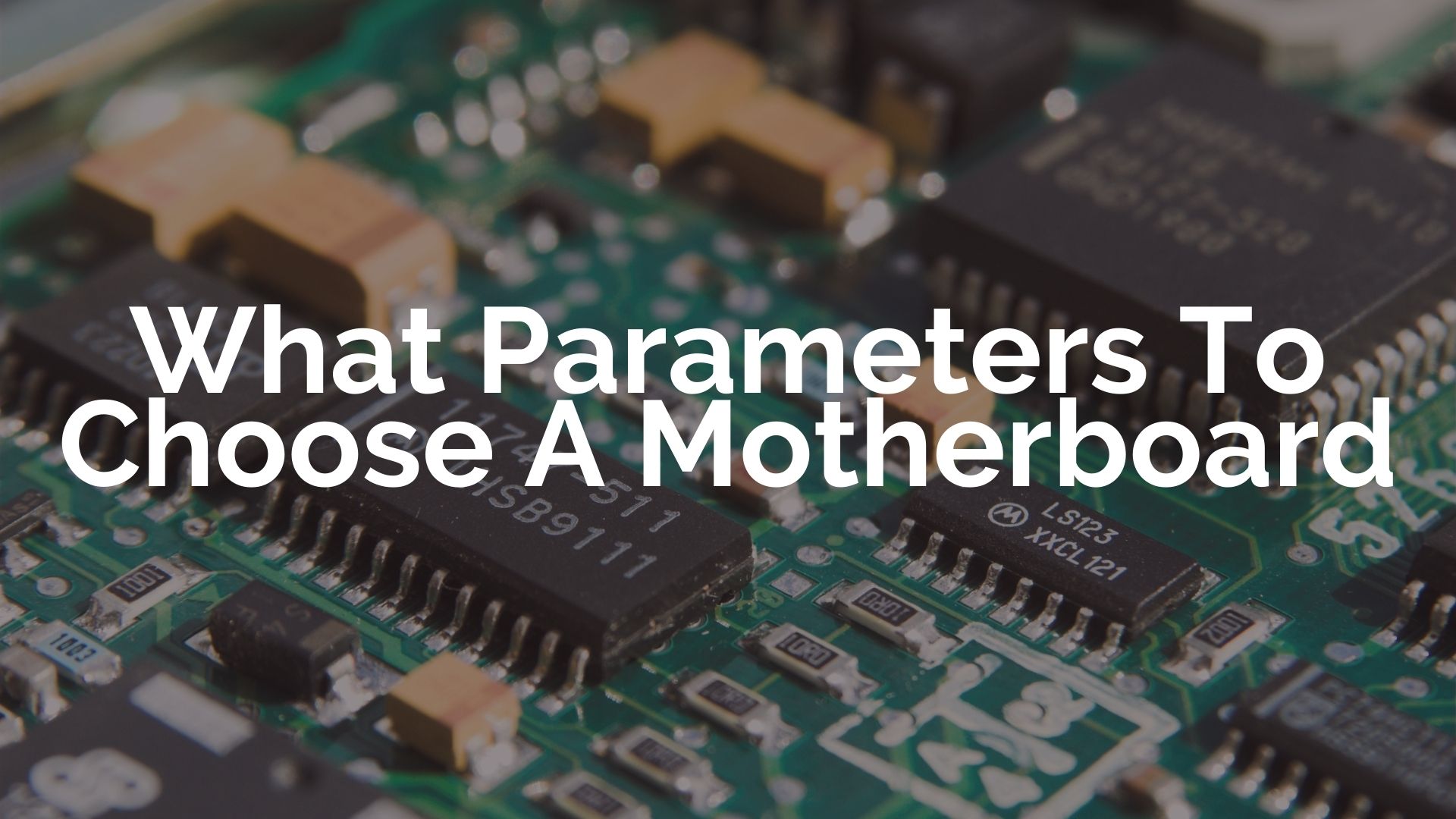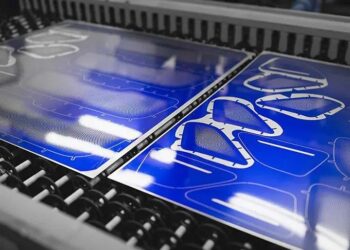The motherboard connects all the components of the computer together and ensures its reliable interaction. When you need to choose a motherboard, you will notice that while having the same specifications, different motherboard models can vary greatly in cost. In order not to overpay, you should clearly understand which features of the motherboard you need and which do not. For example, if you do not plan to install several video cards, then there is no point in overpaying for a board with support for SLI or Crossfire technology. The cost is also influenced by the quality of materials and workmanship, but it is very difficult to check these points without a detailed examination of each model.
Read best amd ryzen 5 2600 motherboard
In addition to the main parameters indicated by the manufacturer, it is worth paying attention to some minor ones. For example, if you plan to install a massive cooling system on your motherboard, look for information on whether the motherboard has a metal backplate.
Socket
A socket is a connector through which the processor is connected to the motherboard. Different processor models have different socket types. Accordingly, if you have already purchased a processor, you need to make sure that the motherboard has the same socket type as your processor. If you don’t already have a processor, try to choose a motherboard that has a socket for one of the modern processor models. Sockets for modern processors from AMD: AM4, TR4, TRX4. For Intel processors: LGA 1151, LGA 2066, LGA 1200.
Chipset
A chipset is a connecting component (bridge) that provides interaction between the processor and other components, such as a video card and RAM. All functionality of the motherboard depends on the chipset. It largely determines the type, size, speed and type of supported memory, operating frequencies of various buses, their bit depth and type, support for expansion cards, their number. The chipset is one of the most important components of the system, largely determining its performance, expandability, stability, the scope of application, etc.
Form
The form factor is the size of the motherboard. The difference between the form factors is primarily in the number of ports and connectors. The standard and most versatile is the ATX size.
BIOS
BIOS is a kind of operating system for the motherboard itself. From the moment it is turned on until the operating system is loaded, the computer is controlled thanks to it. The BIOS itself is not a criterion for choosing a motherboard, but some models have DualBIOS technology – this is the presence of a spare chip with a BIOS backup, which is activated when the main one fails. Considering that BIOS-related breakdowns are quite a serious problem, the presence of DualBIOS technology is a weighty argument.
DDR4
DDR4 is a slot for connecting RAM. Earlier versions of these slots are no longer found, but the number of slots in different models of motherboards is different.
The Maximum Memory Size
The maximum memory size is a parameter that determines how much RAM can be installed on the motherboard.
Maximum clock frequency
Maximum clock frequency – you need to pay attention to this parameter when choosing RAM strips: their clock frequency should not exceed it. Otherwise, malfunctions may occur.
An integrated video card is an almost indispensable solution when assembling a budget computer for simple tasks. A motherboard with an integrated graphics card is also well suited for a temporary solution in a situation when you have not yet raised enough funds to buy a good discrete graphics card or in the event that a discrete graphics card fails.







